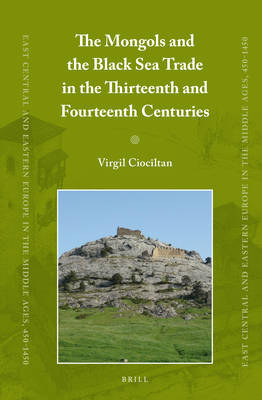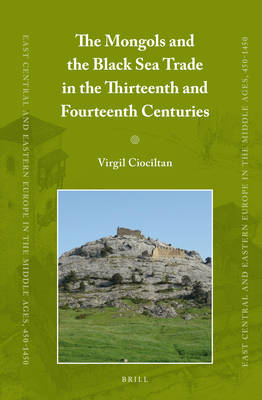
- Afhalen na 1 uur in een winkel met voorraad
- Gratis thuislevering in België vanaf € 30
- Ruim aanbod met 7 miljoen producten
- Afhalen na 1 uur in een winkel met voorraad
- Gratis thuislevering in België vanaf € 30
- Ruim aanbod met 7 miljoen producten
Zoeken
The Mongols and the Black Sea Trade in the Thirteenth and Fourteenth Centuries
Virgil Ciocîltan
€ 326,95
+ 653 punten
Omschrijving
The inclusion of the Black Sea basin into the long-distance trade network - with its two axes of the Silk Road through the Golden Horde (Urgench-Sarai-Tana/Caffa) and the Spice Road through the Ilkhanate (Ormuz-Tabriz-Trebizond) - was the two Mongol states' most important contribution to making the sea a "crossroads of international commerce".
The closest recorded working relationship between European and Asian powers in the medieval period, achieved by the joint efforts of the Chinggisid rulers and the Italian merchant republics, was not realised via the usual geographic channels of the Eastern Mediterranean and the Fertile Crescent, but rather by roundabout routes to the Black Sea. Thus at the same time as the sea fulfilled its function as a crossroads of long-distance Eurasian trade, it was also a bypass.
The closest recorded working relationship between European and Asian powers in the medieval period, achieved by the joint efforts of the Chinggisid rulers and the Italian merchant republics, was not realised via the usual geographic channels of the Eastern Mediterranean and the Fertile Crescent, but rather by roundabout routes to the Black Sea. Thus at the same time as the sea fulfilled its function as a crossroads of long-distance Eurasian trade, it was also a bypass.
Specificaties
Betrokkenen
- Auteur(s):
- Uitgeverij:
Inhoud
- Aantal bladzijden:
- 340
- Taal:
- Engels
- Reeks:
- Reeksnummer:
- nr. 20
Eigenschappen
- Productcode (EAN):
- 9789004226661
- Verschijningsdatum:
- 28/09/2012
- Uitvoering:
- Hardcover
- Formaat:
- Genaaid
- Afmetingen:
- 157 mm x 241 mm
- Gewicht:
- 657 g

Alleen bij Standaard Boekhandel
+ 653 punten op je klantenkaart van Standaard Boekhandel
Beoordelingen
We publiceren alleen reviews die voldoen aan de voorwaarden voor reviews. Bekijk onze voorwaarden voor reviews.








